Black people are sensitive to place.
This is a sentiment I've been journaling about since the former Director of Public Programs and Community Engagement at the Studio Museum of Harlem Daonne Huff spoke to our Museum Professional Summer group in 2022. As a Black person, specifically as a femme artist working in public museums, how can I imagine a museum liberated toward community?
Naomi Beckwith, deputy director and chief curator at the Guggenheim Museum, said, “Historically, what curators have been asked to do is follow a particular storyline—and then when things fall outside that, they are rendered invisible.” Referring to African American artists, she says they “don’t just belong to the bodies that hold the narrative. These stories belong to culture.”
Black art oozes the dissonance of double consciousness. Black people know what it's like to be alienated from our labor. Art that's not in community alienates the soul. When a worker is devalued they are being rendered invisible.
During the pandemic, Black museum workers experienced the same discrimination Black artists have faced within public museums throughout the last two centuries. This familiar exploitation speaks to a culture within public museums that don’t see Black art as labor. I believe it was Black artists fighting for labor rights in public museums that paved the way for the unionization boom of museum workers within this past decade. Black museum workers were disproportionately laid off without benefits in a pandemic during a racial uprising demanding Black lives matter. The labor struggle of art workers corresponds with a tradition of Black radicalism.
In 1933, in Harlem, a group of Marxist, unemployed, Black, brown, and white artists declared themselves “cultural workers.” The John Reed Club evolved into an artist union with government patronage. To soothe the American populace from the financial and patriotic wounds of WWI, the Roosevelt Administration commissioned unionized artists to make public artworks across the country. Public museums became a part of the Public Works Art Project (PWAP), making a group of radicals the first unionized art workers.
Artists could now be government-protected laborers employed by cultural institutions. In 1936, the PWAP employed about five thousand “cultural workers” and the Artist Union was their de facto bargaining agent. In 1939 the Public Works program was discontinued on a federal level, so local offices worked until the coffers ran dry.
In 1969, the artist Takis protested MoMa’s exhibition The Museum as Seen at the End of the Mechanical Age for exhibiting his work against his permission. This event was the catalyst for the creation of the Art Workers Coalition (AWC). AWC's mission was concerned with public museums’ responsibility to artists, and the further representation of Black and Puerto Rican artists within public museums.
In 1970, artists Benny Andrews and Clifford R. Joseph organized a group of African American artists to protest the Metropolitan Museum of Art's Harlem On My Mind exhibit for their omission of Black art's impact on the Harlem community. The Black Emergency Cultural Coalition (BECC) was created as a result of this organizing effort. In 1971, the BECC called for a boycott of an exhibition at the Whitney Museum of America Art because talks between BECC and the Whitney to curate an African American art exhibit failed due to Whitney's inability to prioritize Black representation. The same year, the AWC quietly dissolved and, in its stead, MoMa’s first union was created, the Professional and Administrative Association (PASTA).
The 2020 unionization boom in public museums is notable because of the number of unions created and the scope of workers they protected. The Philadelphia Museum of Art’s union in 2020 ratified to include carpenters, security guards, curators, conservators, educators, and librarians making it the largest union in the country with two hundred and fifty members.
Sarah Shaw, a union organizer and educator at The Philadelphia Museum of Art, said, “Museums would not function without the human labor and it does not make sense for the heart of a cultural institution to be valued so much less than the collections or the building... Unionizing is the most effective way to make that sometimes invisible labor material to the institution.”
The Mellon Foundation’s 2022 survey showed Black people account for 12% of all workers in museums. Among the varying occupational roles BIPOC people hold in museums, the strongest statistics are: 37% in public engagement and 47% in building operations. The Cultural Workers United (AFSCME CWU) analyzed federal Payroll Protection Program (PPP) loan data and revealed that public art museums were given multimillion dollar loans yet still laid off marginalized staffers. They said, “Those most affected worked on the front lines of guest services, admissions, retail sales, education, maintenance, and security, among others. As a result, many staff who directly served the public were furloughed or laid off, with Black, Indigenous, and other people of color disproportionately suffering the impact.”
The capitalist world that plunged art into the market is the same financial world rooted in the transatlantic slave trade. The profitability of art is not defined by creative excellence but by proximity to the dominant social structure.
Audre Lorde's politics of difference explains the implications of whose labor is valued as work. She says, “In a society where the good is defined in terms of profit rather than in terms of human need, there must always be some group of people who, through systematized oppression, can be made to feel surplus, to occupy the place of the dehumanized inferior.”
The commodification of art leads to the exploitation of art workers because, for a capitalist to profit off a commodity, they must appropriate the surplus labor value. Making something a commodity inherently makes it inaccessible to the public because profit is based on exclusivity and scarcity. Public museums fundamentally view art as a commodity, meaning the art worker within an art institution will inevitably be exploited. There is a coloniality with which public museums value Black labor that distorts all workers and systematically disregards Black artistic praxis.
Historically, the market lacks an appropriate valuation of Black art while Black art simultaneously dominates popular culture. You can see the dispossession of Black labor through the distortion of the quantification of Black art within the market.
When you graphically represent the monetary value Black art in totality has accumulated within the art market, the work of Jean Michel Basquiat represents 77%. If Basquiat's work’s worth disappears from the art market, Black artists now only hold .26% of capital within the global market. Work by established contemporary masters at their craft, such as Mark Bradford, Glenn Ligon, Julie Mehretu, David Hammons, and Kerry James Marshall, accounts for 64% of all Black capital in the top-heavy market.
An investigation in 2018 from In Other Words and Artnet found that white art earned $180 billion and Black art earned $2.2 billion. The report studied the acquisition history of thirty prominent United States museums and found that African American art accounted for 2.4% of all purchases. Among the two hundred sixteen solo exhibitions of Black art recorded, about 25% rotate the same ten prominent names.
James Baldwin, in his book of essays The Fire Next Time, poses this: “Consider the history of labor in a country in which, spiritually speaking, there are no workers, only candidates for the hand of the boss’s daughter.”
Who is rendered invisible by the mystification of nonreciprocal work in public museums is intentional. Black art is labor alludes to the functional difference between the art market's infrastructure and its shareholders. It's about the consciousness between having an ornamental seat at the table versus having self-determination within the space. The data asserts that Black wealth can not match white supremacy's wealth. The answer to why lies in the smoke of working class history.
The Women Students and Artists for Black Art Liberation, created by Faith Ringgold and her daughters Michele and Barbara Wallace, define Black art in their 1970 manifesto.
Black Art is Truth Which Is -
The Black Color of our skin,
Rhythm which is the major Black artistic contribution.
An artistic heritage which comes from the Principles of African Art,
The severity of our oppression, our persistent will to survive, and our determination to effect
A liberated Black society.
This section is a collaboration with my peers. It would not be possible without The Studio Museum of Harlem, Eli, and Monica <3
After theory its only appropriate to exemplify praxis. I used to live in Ohio, and now fully settled back in Chicago I can reflect on my time there.
I miss my beautiful, three story white house. We had ants and a family of rabbits that lived under the porch. The hardwood floors creaked and there was no AC. I miss huddling on the couch with my roomies around the TV.
I lived in the Edmonia Lewis Center; it was a blessing. I was at a conference for my scholarship program senior year of college when the speaker invoked Lewis’s memory. He told their story for the crowd.
“Edmonia Lewis was a black and indigenous artist who was unfairly kicked out of school. A white classmates accused her of being a witch and said Edmonia poisoned them, so the KKK came to town. Even though Edmonia was detained, put on trail, and declared innocent. The white supremacist kidnapped, beat, and left her in a field for dead. Edmonia was 18 years old at the time. In 1862 she left Oberlin, Ohio. She started to go by Wildfire and dressing in boys clothes. Edmonia moved to Rome and became a world famous sculptor. She is truly an inspiration to us all. You can defy anything!”
After everyone cheered at the inspirational story, I was disgusted. I imagined I was Lewis, traumatized by an institution, and then after I die being praised as an example of its excellence. They only honor ghost, so niggas story’s can be husk of flesh.
Below is an art practice the Oberlin community did to honor Lewis. We transferred and collaged images of Lewis’s sculptures, pictures of them, flowers, and candles, on to pieces of fabric which we sewed into a quilt hanging in the Edmonia Lewis Center. I did not do any of this alone. Shout to Yétúndé Olagbaju, Diacos Love, and The Sisters Of The Yam <3
Weaver, Ben. (2020)Art (World) and Racism. https://www.thelondonlist.com/culture/art-world-racism
Monroe, Gerald. (1971). Artist As Militant Trade Union Workers During The Great Depression. http://www.darkmatterarchives.net/wp-content/uploads/2011/11/MonroeAAAJ1974.pdf
Art Workers Coalition. (1969). Open Public Hearing Notes. https://primaryinformation.org/files/FOH.pdf, https://primaryinformation.org/files/FDoc.pdf
Black Emergency Cultural Coalition records. Schomburg Center for Research in Black Culture, The New York Public Library
Morse, Erica. (2020). WHY EMPLOYEES AT THE PHILADELPHIA MUSEUM OF ART ARE UNIONIZING. https://artmuseumteaching.com/2020/07/17/why-employees-at-the-philadelphia-museum-of-art-are-unionizing/
Art Museum Staff Demographic Survey. (2020). https://mellon.org/media/filer_public/c0/38/c038f6f7-4ced-45a0-a871-2d981804281c/artmuseumstaff_f.pdf
American Alliance of Musuems. (2021). Measuring the Impact of COVID-19 on People in the Museum Field. https://www.aam-us.org/wp-content/uploads/2021/04/Measuring-the-Impact-of-COVID-19-on-People-in-the-Museum-Field-Report.pdf
Lorde, Audre. “Age, Race, Class, and Sex: Women Redefining Difference.” (2021).
Burns, Charlotte & Halperin, Julia. (2019). For African American Artists, the Market Remains Woefully Unbalanced. https://www.sothebys.com/en/articles/for-african-american-artists-the-market-remains-woefully-unbalanced
Baldwin, James. (1990). The fire next time. Penguin Classics.
https://www.womenshistory.org/education-resources/biographies/edmonia-lewis

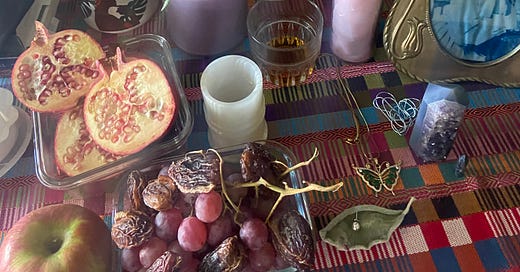


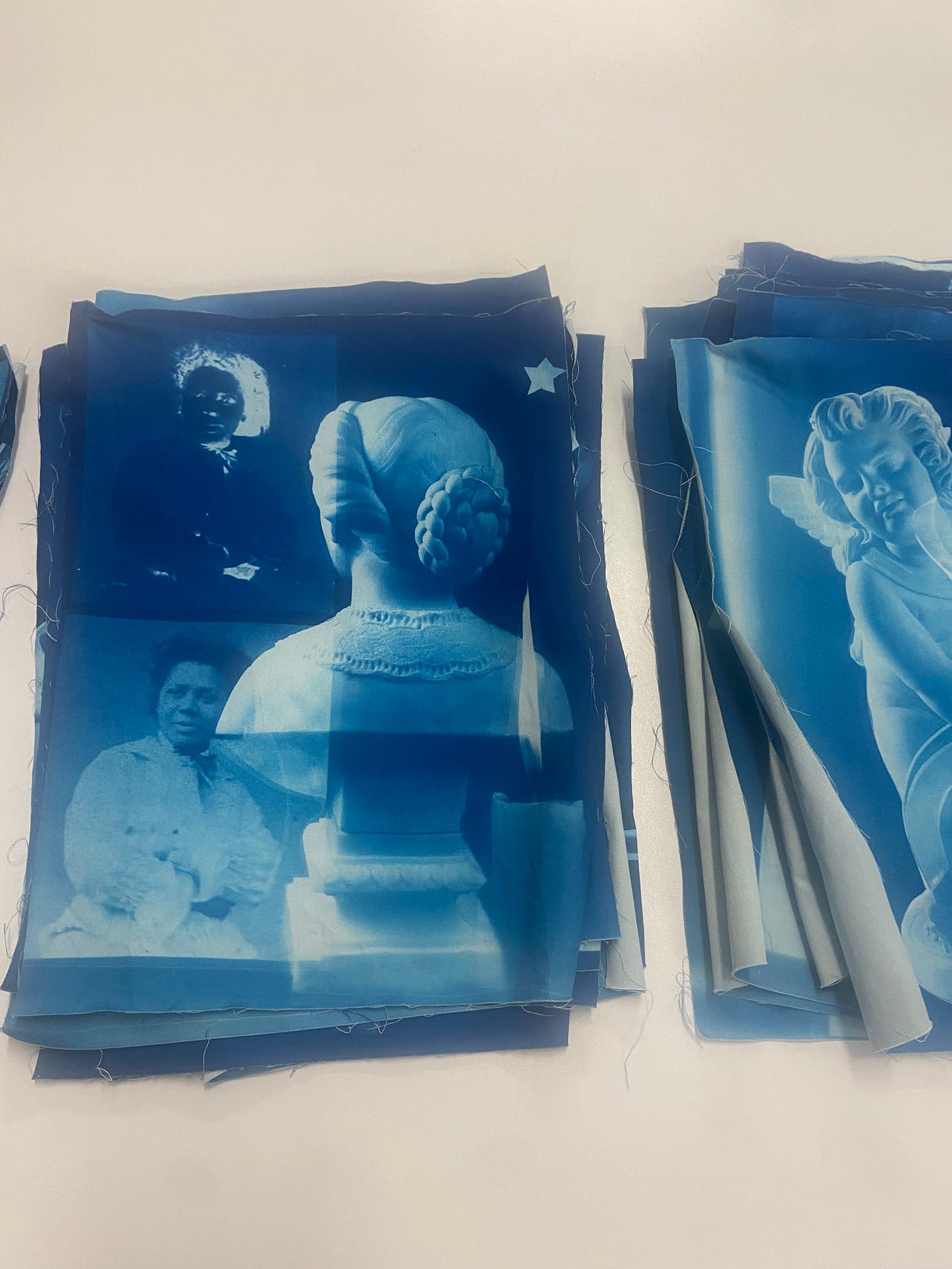
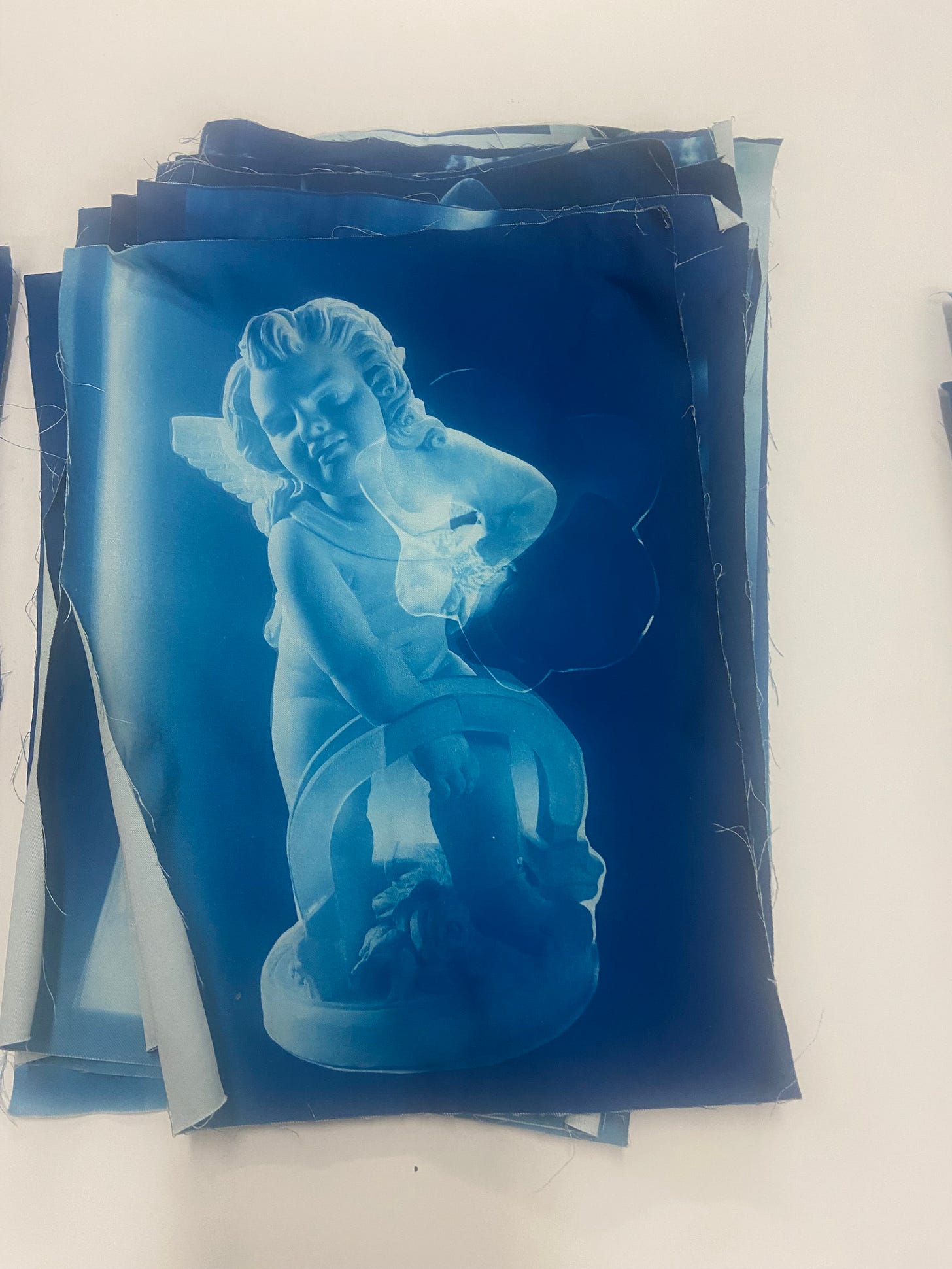
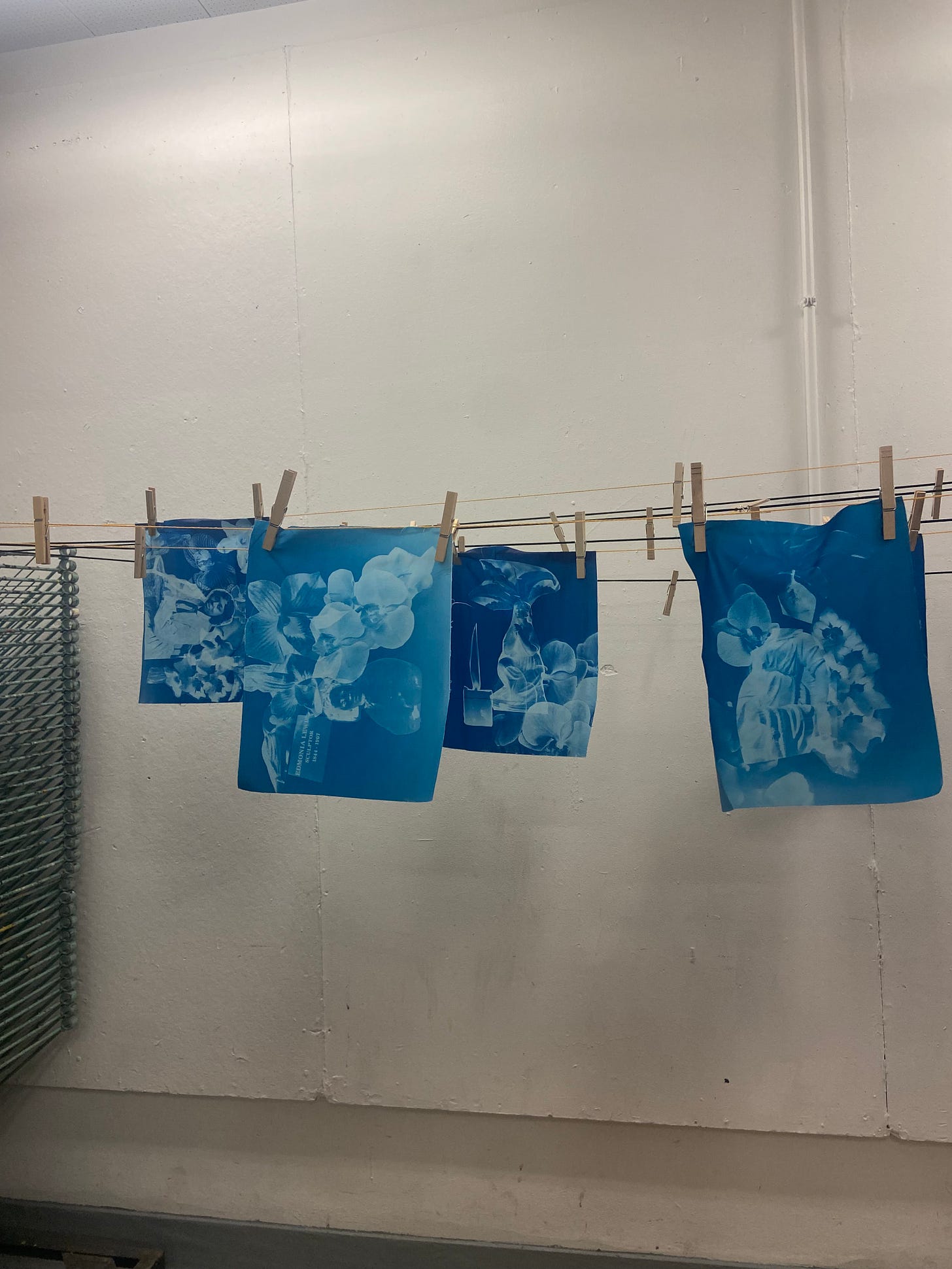
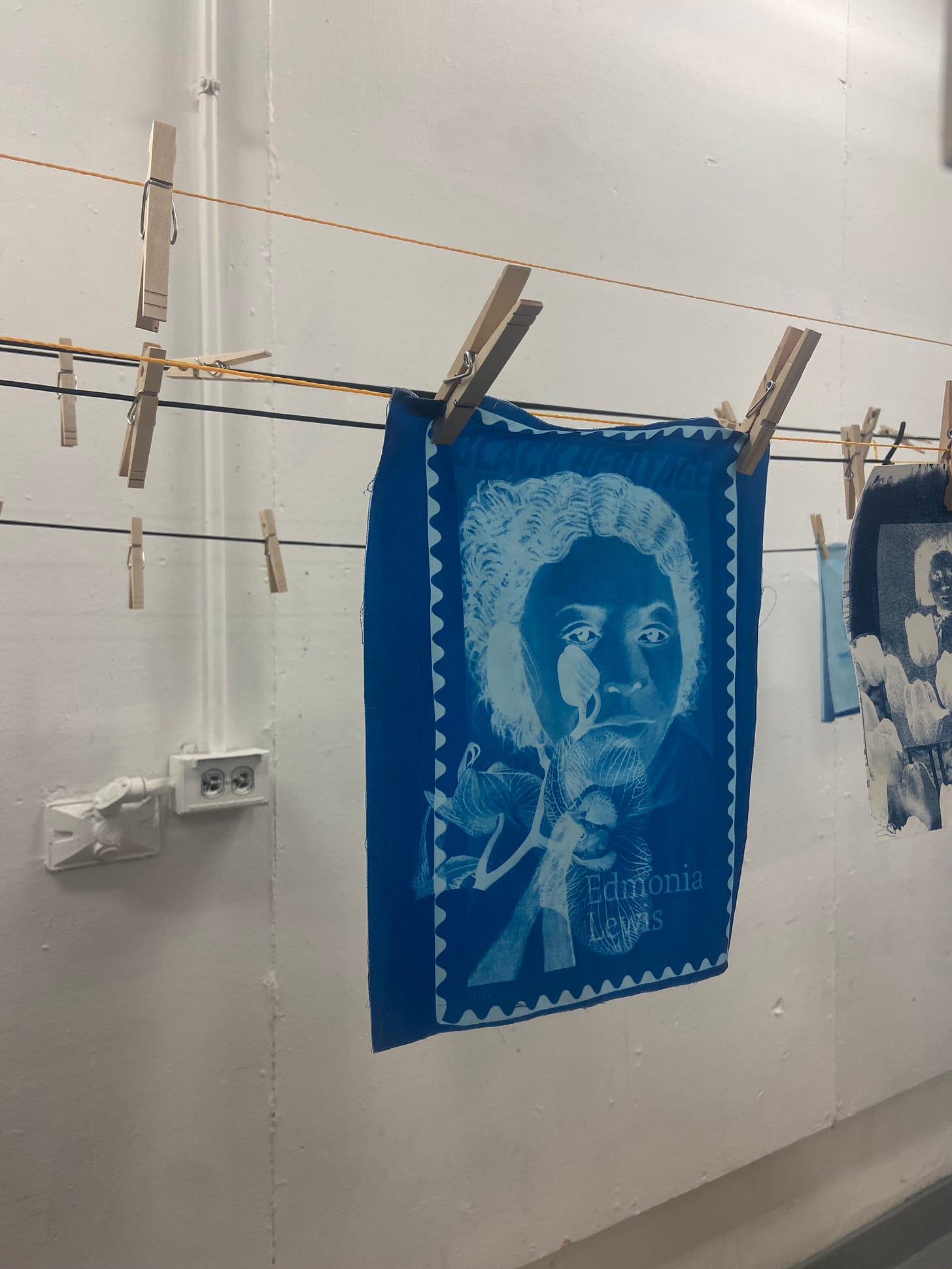
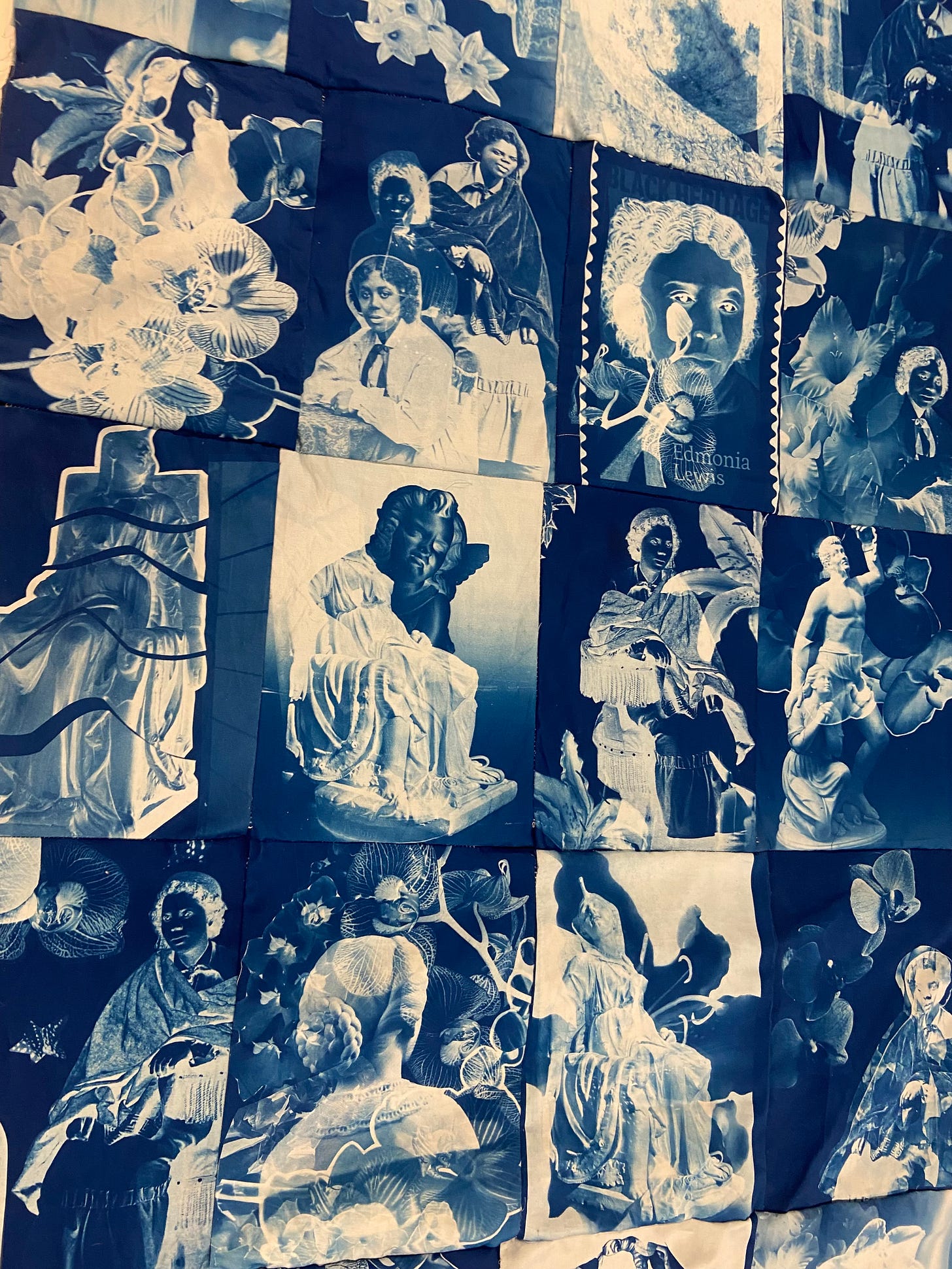
I also felt disgust at reading the room’s reaction to Edmonia Lewis’s trauma. Their reaction fits neatly into the strong Black woman trope and completely ignores how being attacked by white supremacists impacted her physically, mentally, and emotionally. What happened to her was not empowering, it was racist and traumatic.
yes yes yes!